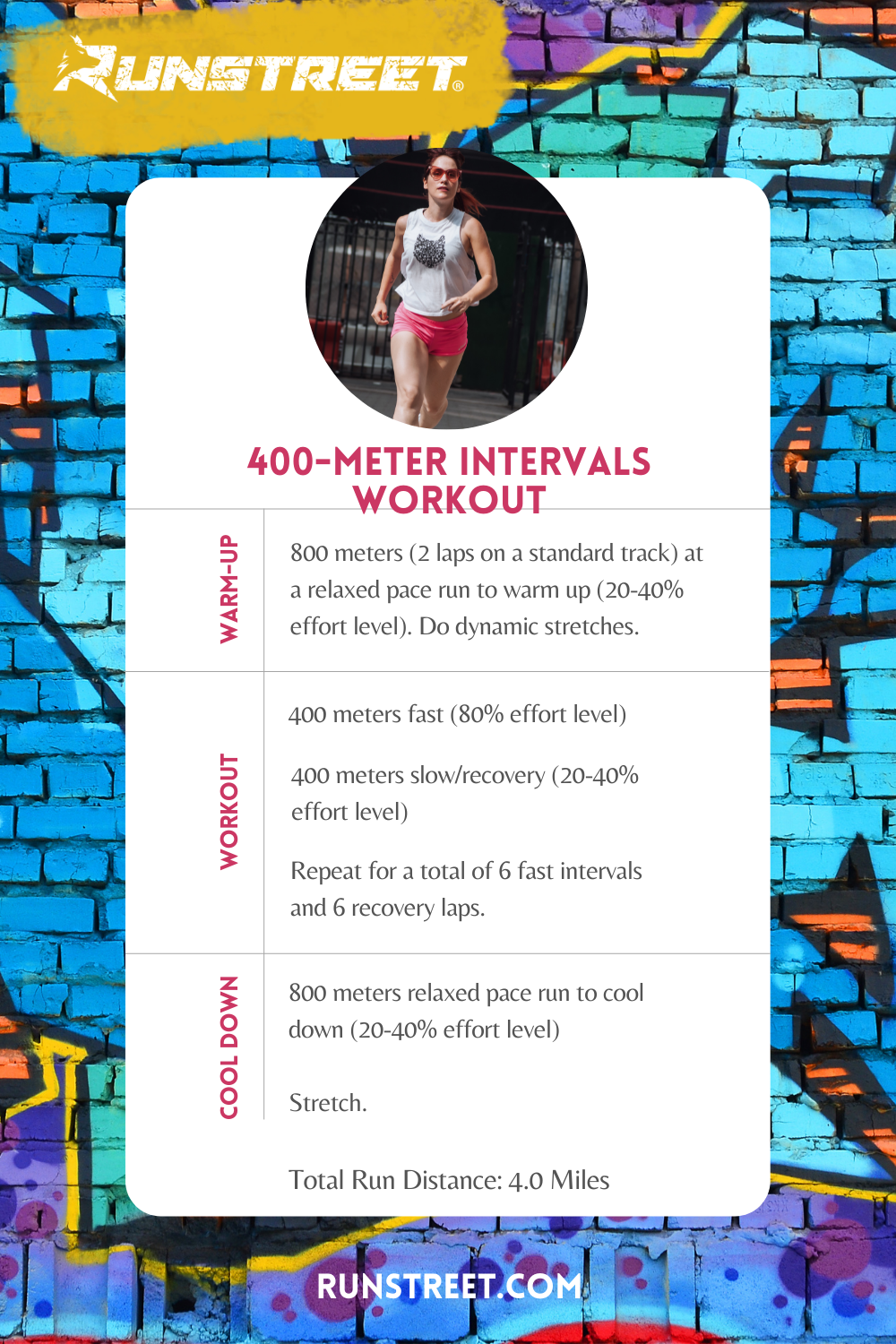Dominate Your Runs: Proven Strategies for Reliable Running Workout
Dominate Your Runs: Proven Strategies for Reliable Running Workout
Blog Article
The Ultimate Guide to Handling Pain When Running
Whether you are an experienced marathoner or simply beginning your running trip, comprehending the numerous types of pain that can develop and the methods to address them is essential. From pre-run workout routines to correct footwear choice, there are many aspects to think about when it comes to dealing with discomfort while running.

Comprehending Different Sorts Of Running Pain
When running, it is important to differentiate between various types of discomfort to avoid injuries and take full advantage of efficiency (Read More). One typical kind of pain that runners may experience is muscular tissue pain, which normally develops from the anxiety placed on muscles during workout. This type of discomfort is usually a regular component of the running process and can be managed with proper workout, cool-down, and extending regimens
An additional kind of discomfort to be knowledgeable about is joint pain. Joint discomfort can indicate concerns such as overuse, incorrect form, or underlying conditions like arthritis. Ignoring joint pain can bring about much more serious injuries, so it is crucial to deal with any kind of pain promptly and perhaps look for specialist guidance.
Furthermore, sharp or stabbing discomforts ought to not be ignored. These types of pain can signal intense injuries such as stress, strains, or anxiety cracks - running strategy. Continuing to go through these sorts of discomfort can aggravate the injury and extend healing time

Pre-Run Workout and Extending Regular
To prepare the body for a running session, executing a reliable pre-run workout and extending regular is necessary. An appropriate workout helps boost blood circulation to the muscle mass, improves versatility, and decreases the danger of injury throughout the run. Begin with dynamic stretches like leg swings, arm circles, and high knees to progressively raise your heart price and relax the muscular tissues. Dynamic stretching aids simulate the movements you'll be doing while running, preparing your body for the task ahead. Follow this with fixed stretches concentrating on major muscular tissue teams such as the hamstrings, quadriceps, calves, and glutes. try this Hold each stretch for regarding 15-30 secs without jumping to advertise muscular tissue relaxation and versatility. Remember to pay attention to your body and adjust the strength of your warm-up based on your fitness degree and any pre-existing problems. By integrating a consistent pre-run warm-up and stretching routine right into your running routine, you can maximize performance and decrease the threat of pain or injury.
Correct Footwear Option and Fit
When picking running shoes, it is necessary to consider factors such as foot kind, running gait, arch assistance, padding, and shoe size. Visiting a specialty running store for a gait evaluation and expert fitting can assist guarantee that you choose the right footwear for your individual demands. Investing in premium shoes that is proper for your running style and foot composition is a proactive action in the direction of preventing pain and injuries during your runs.
Nutrition and Hydration Tips for Pain Prevention

Hydration is equally vital for joggers to stay clear of cramps, dehydration, and other pains that can lead to discomfort throughout running. By prioritizing nourishment and hydration, runners can enhance their efficiency, minimize discomfort, and delight in a much more comfortable running experience.
Post-Run Recuperation Techniques to Ease Pain
Executing effective recovery methods is crucial for easing pain and promoting muscle mass recuperation after running sessions. Additionally, topping aching areas for 15-20 mins can aid lower swelling and numb discomfort post-run.
Consuming a well balanced snack or dish that consists of healthy protein and carbs within 30 minutes of ending up a run can assist fix muscle mass tissue and renew power stores. By integrating these post-run recuperation techniques into your routine, you can effectively handle discomfort and maximize your running performance.
Verdict
To conclude, dealing with different types of running pain through proper warm-up, stretching, footwear choice, nutrition, hydration, and post-run healing techniques is important for pain avoidance and monitoring. By recognizing the root causes of pain and carrying out these approaches, runners can minimize discomfort and prospective injuries. It is crucial to prioritize overall physical wellness and health to make sure an effective and satisfying running experience.
Report this page